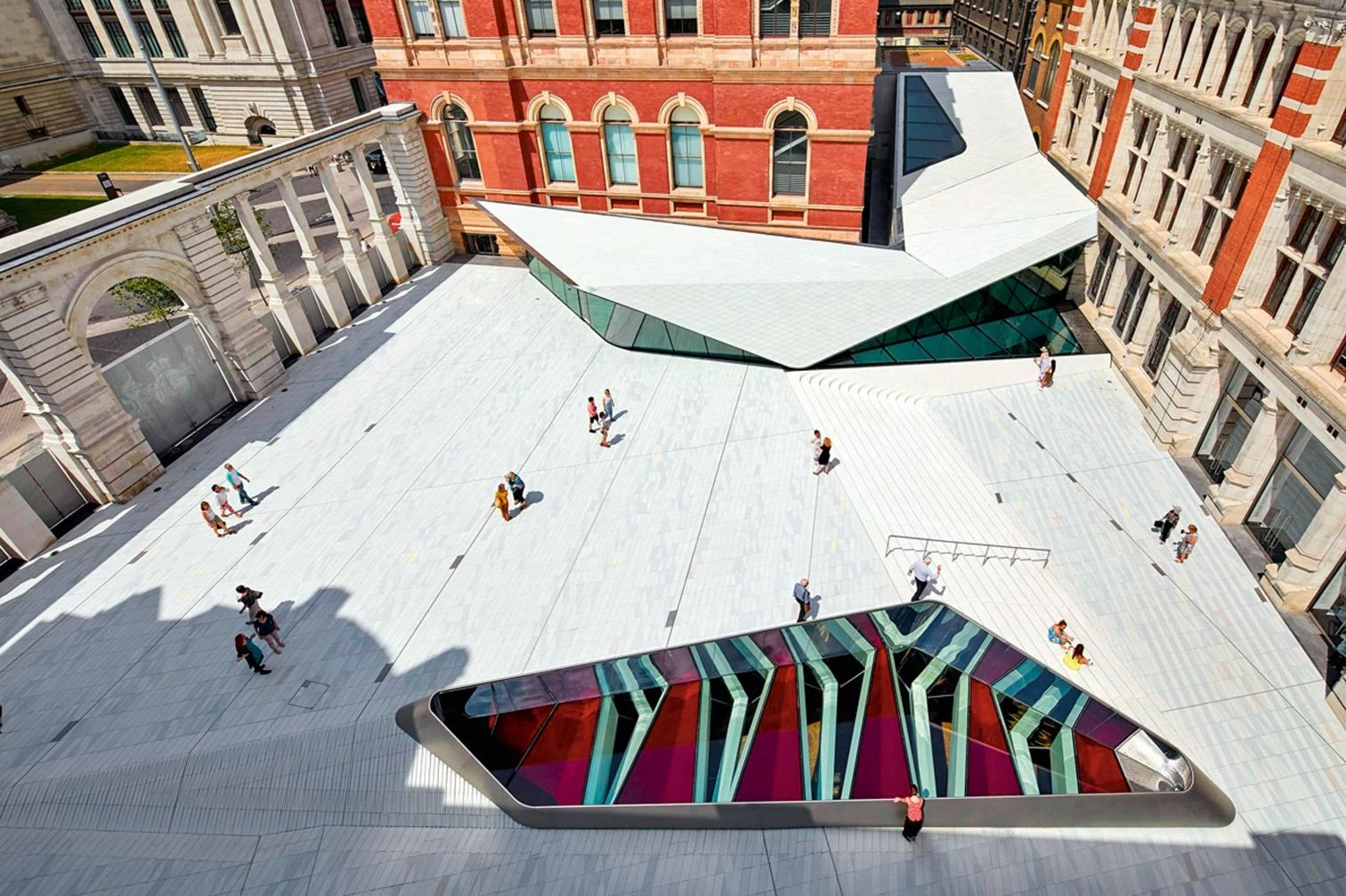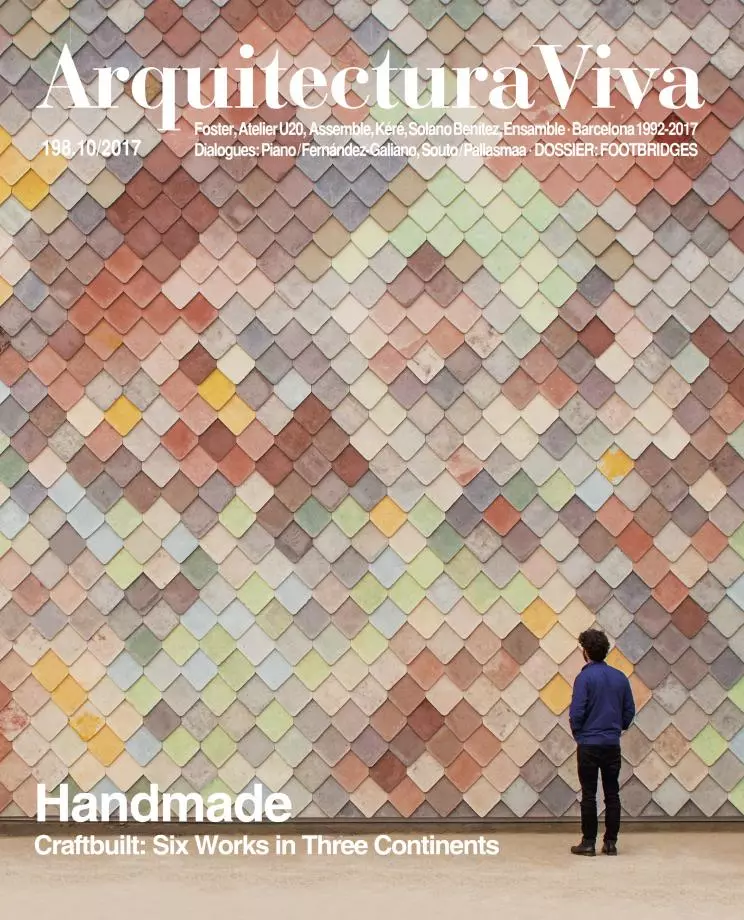
The metaphor of the fold had a big following among architects during the 1990s, owing to the influence of Gilles Deleuze’s abstruse theses on the Baroque. and to their supposed affinity with the faceted architectures wrapped up in themselves that were popular at the time. Only a few architects continue to work with the fold these days, but among them, perhaps the most successful of late is the British Amanda Levete. Proof of this is that the Museum of Art, Architecture and Technology in Lisbon, featured in this magazine’s previous issue, is now joined by another folded building, one which has just opened its doors in London: the Victoria & Albert Museum’s new extension.
Like the MAAT building, the V&A project works with what was there before, but whereas in the first case the truly important thing is how it engages, landscape-wise, with the river, the second is ultimately about respect for the historical building, which was one of the emblems of the Victorian era and remains an iconic place in the minds and hearts of the British people. So the intervention has been as respectful towards the preexisting as the language of folds has allowed: it has involved creating a new entrance, additional space for exhibitions, and finally a courtyard, which can be said to be the best part of the operation to the extent that within a 19th-century enclave it brings out the new forms and materials in all their splendor, without too much brazenness.





